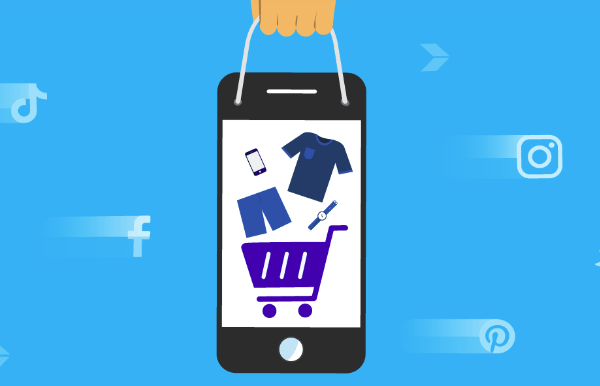Shopify is and has been the hot e-commerce platform provider for merchants for a few years now. It really has been incredible to see how this company has taken market share so quickly in a crowded space of e-commerce providers. Shopify has managed to rank as the #2 e-commerce platform in the market. The Shopify market share stands at 18 percent. As the two largest ecommerce platforms, WooCommerce Checkout and Shopify’s combined market shares in the USA make up 46 percent.
As of May 3, 2021, Shopify is valued at $140b market cap. Pretty impressive in 2006. In 15 years, it’s managed to really break through as a dominant leader in the space. While it may seem like 15 years is a lot, it’s only been in the recent years that it has really taken off.
Some of the big brands that have Shopify stores:
- Pepsi
- Nestle
- Budweiser
- Tesla Motors
- Gymshark
- FashionNova
- Bulletproof
- WaterAid
- The Economist
- The New York Times
- Leesa Mattress
- Sunday Somewhere
- Penguin Books.
Let’s look at some statistics that are telling of Shopifys growth and size.
#1: The Number of Shoppers Who Bought from Shopify Merchants Increased By 52 Percent from 2019 to 2020 (Shopify)
#2: Shopify’s Total Revenue Increased Year-Over-Year By 47 Percent (Shopify)
#3: Shopify’s Monthly Recurring Revenue Increase By 48 Percent Year-Over-Year (Motley Fool)
#4: Over 1,700,000 businesses in 175 countries around the world have made over $200 billion USD in sales using Shopify.
#5: Some of the biggest Shopify stores are Red Bull with $7 billion in revenue and Gymshark with annual revenue of $128 million.Â
#6: As many as 10,978 orders per minute on average were made during Black Friday and Cyber Monday in 2019. This number could double in 2021.
#7: Up to 69% of all Shopify sales are made on phones and tablets. (Shopify and You)
#8: The average Shopify conversion rate of a store in 2020 was 1.6%. (Littldata)
#9: Shopify stores have seen almost 3x as much growth as the overall e-commerce market lately. (Statista)
#10: More than 44 million people purchased items from a Shopify store in 2020.
#11: Shopify stores were visited over 58 million times in 2020.
#12: Over 50% of Shopify store fronts are run by first time entrepreneurs (WallStreetJournal)
There are some key take aways that I think are worth pointing out:
#6: If you’re not thinking mobile first, you’re going to lose, and probably already are. It’s crucial that you and your team are creating and optimizing for mobile usage / experience and conversion. While we may seem better conversion rates happening on desktop, the bulk of traffic is coming from consumers mobile devices.
#8: There’s a reason why there are countless blogs, videos, etc, on conversion rate optimization. The truth is that the web is a big place and consumers have many options to shop online. Optimizing for the best possible chance at converting a visitor to a customer takes strategy from marketing to design. On average, the 1.6% is actually not bad. Anything lower than 1%, you need some serious conversion rate optimization.
#12: With shows like Shark Tank, over the last few years, there’s been nothing sexier then entrepreneurship. With the COVID lockdown of 2020, that just SPIKED in a big way as people stayed home, got laid off, and began starting their own businesses on the web.


